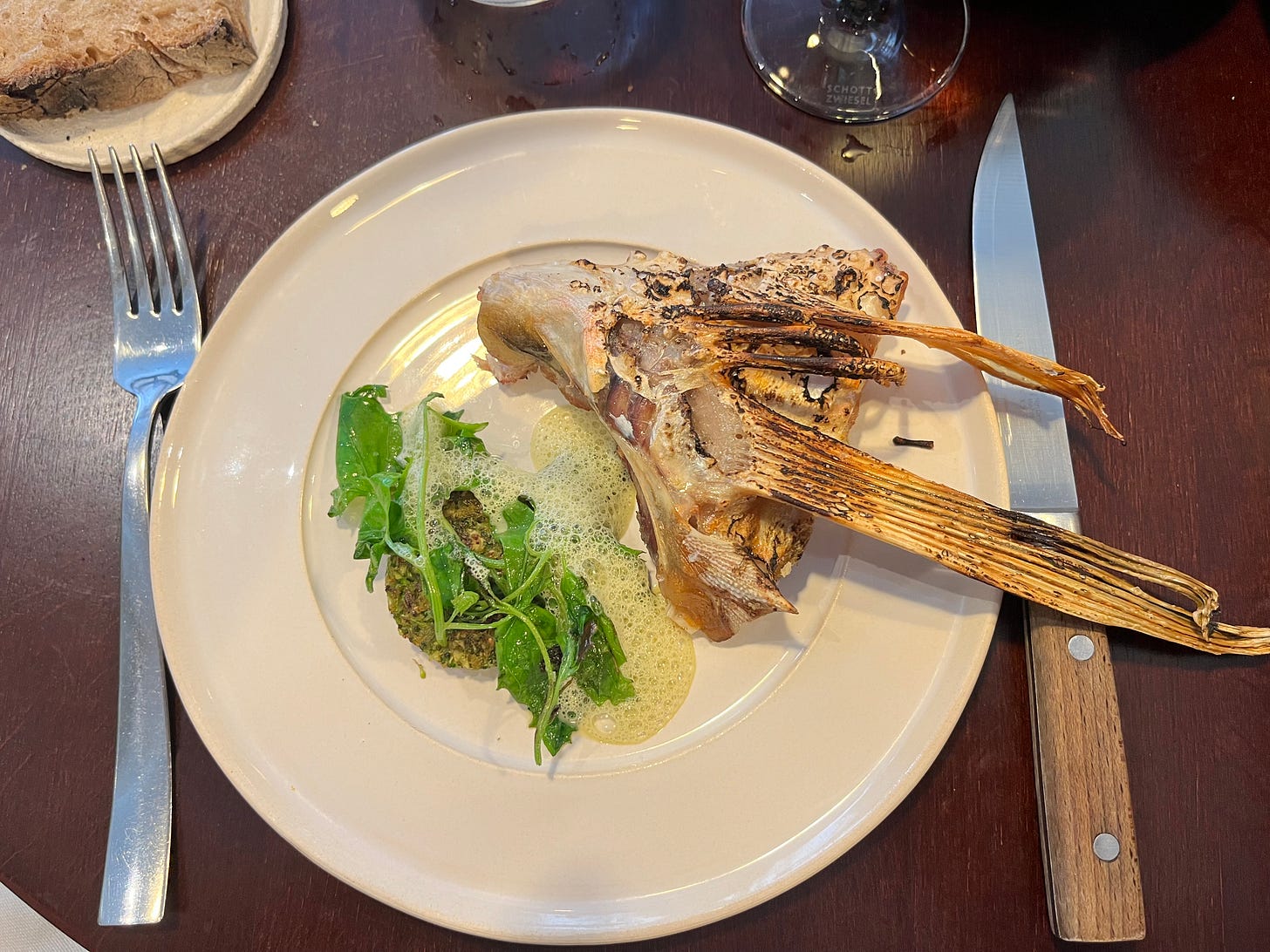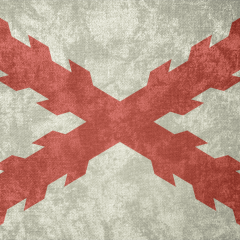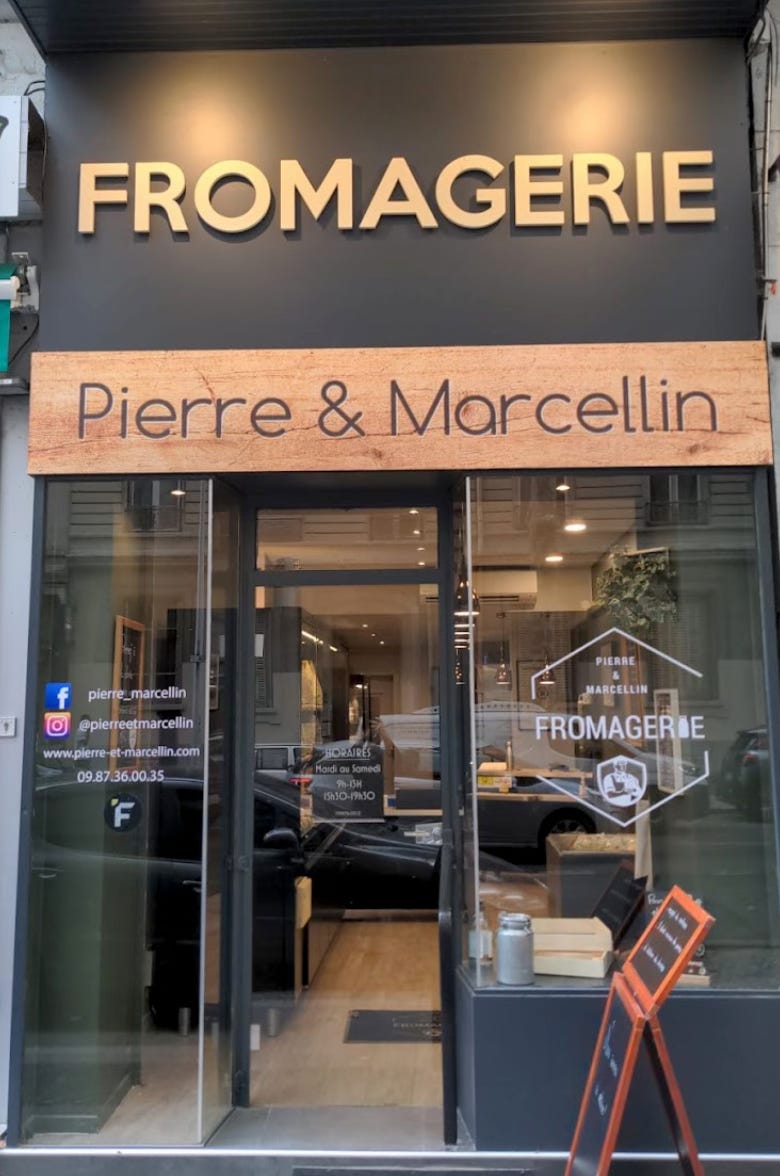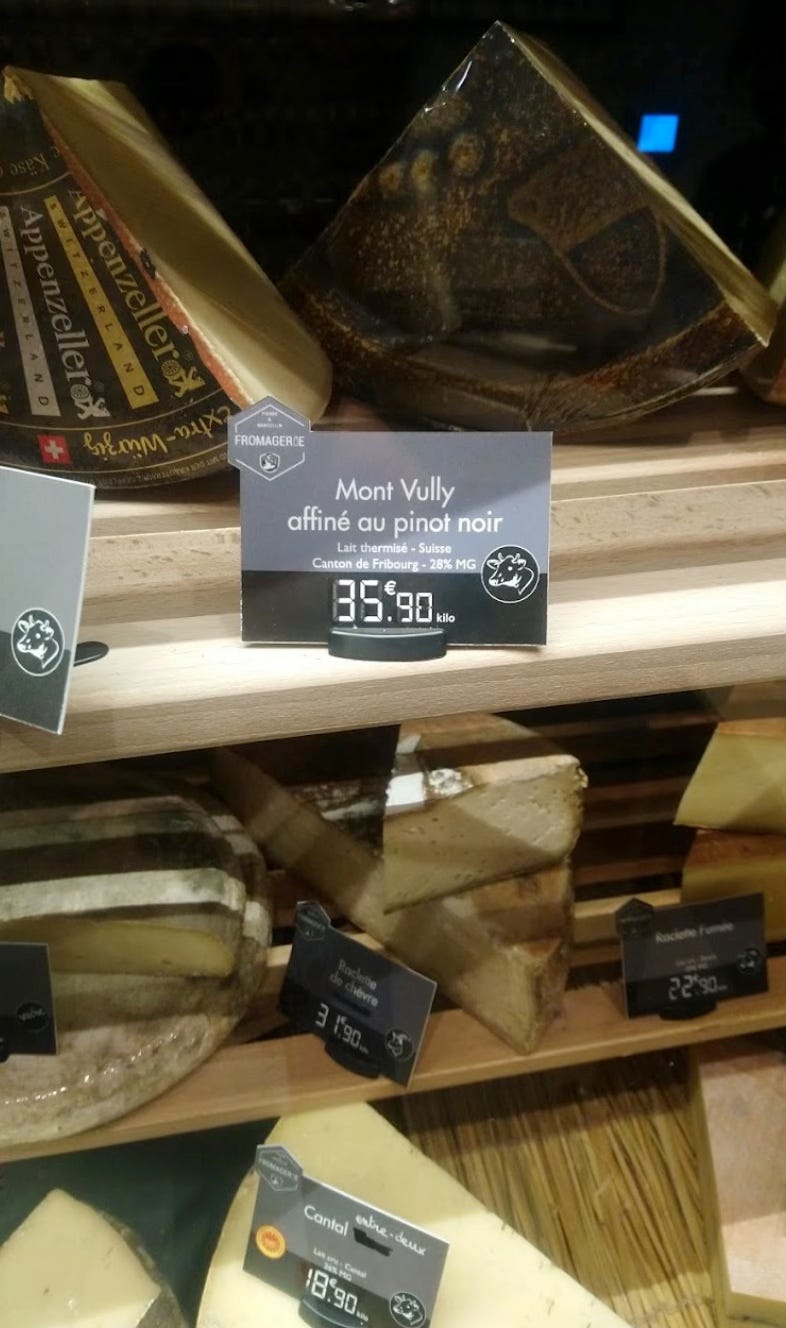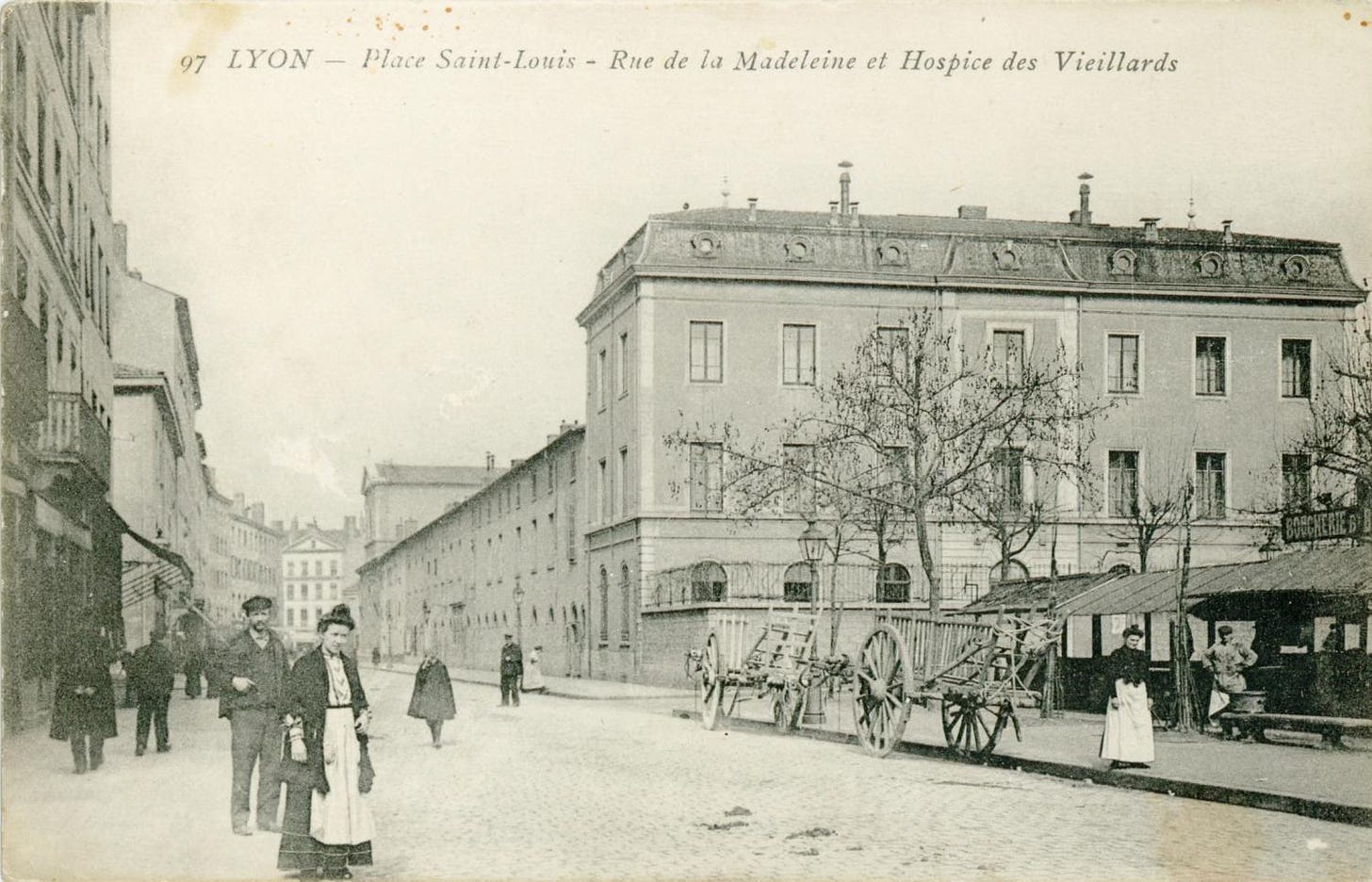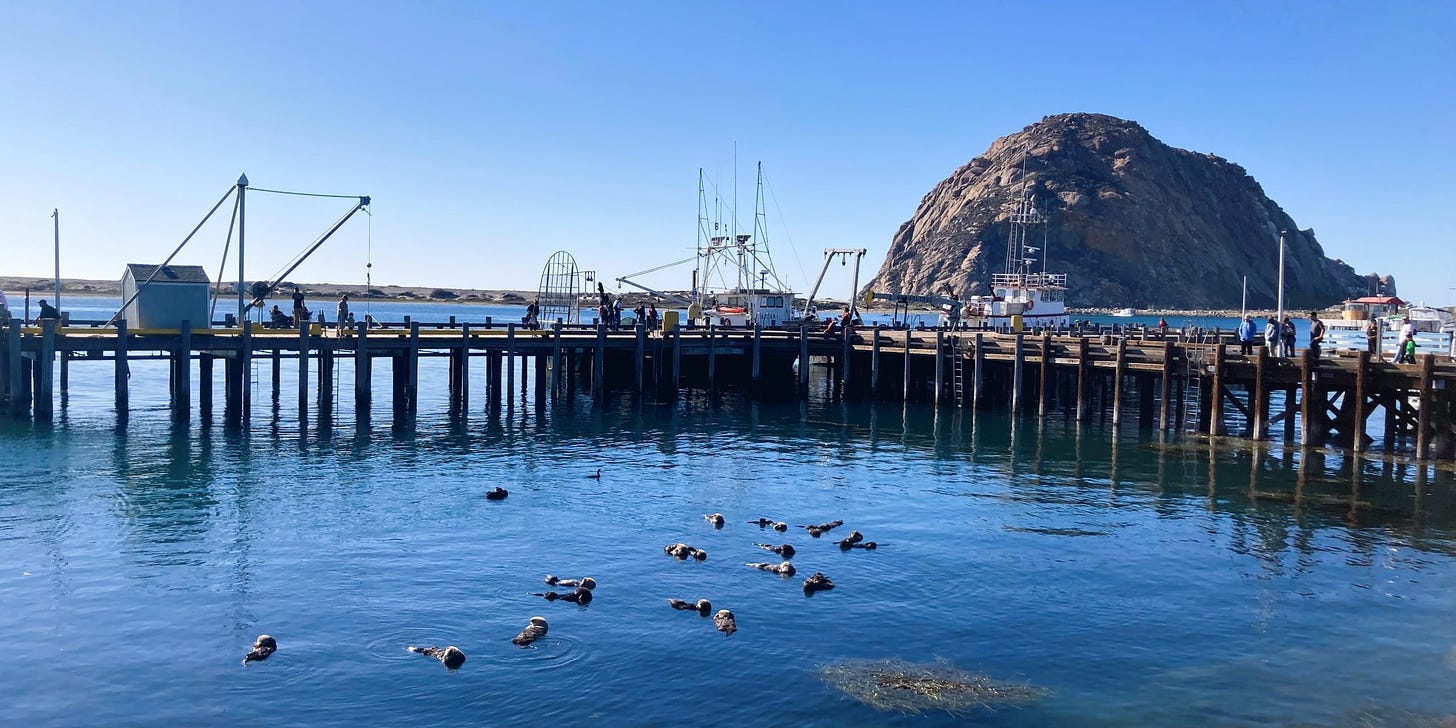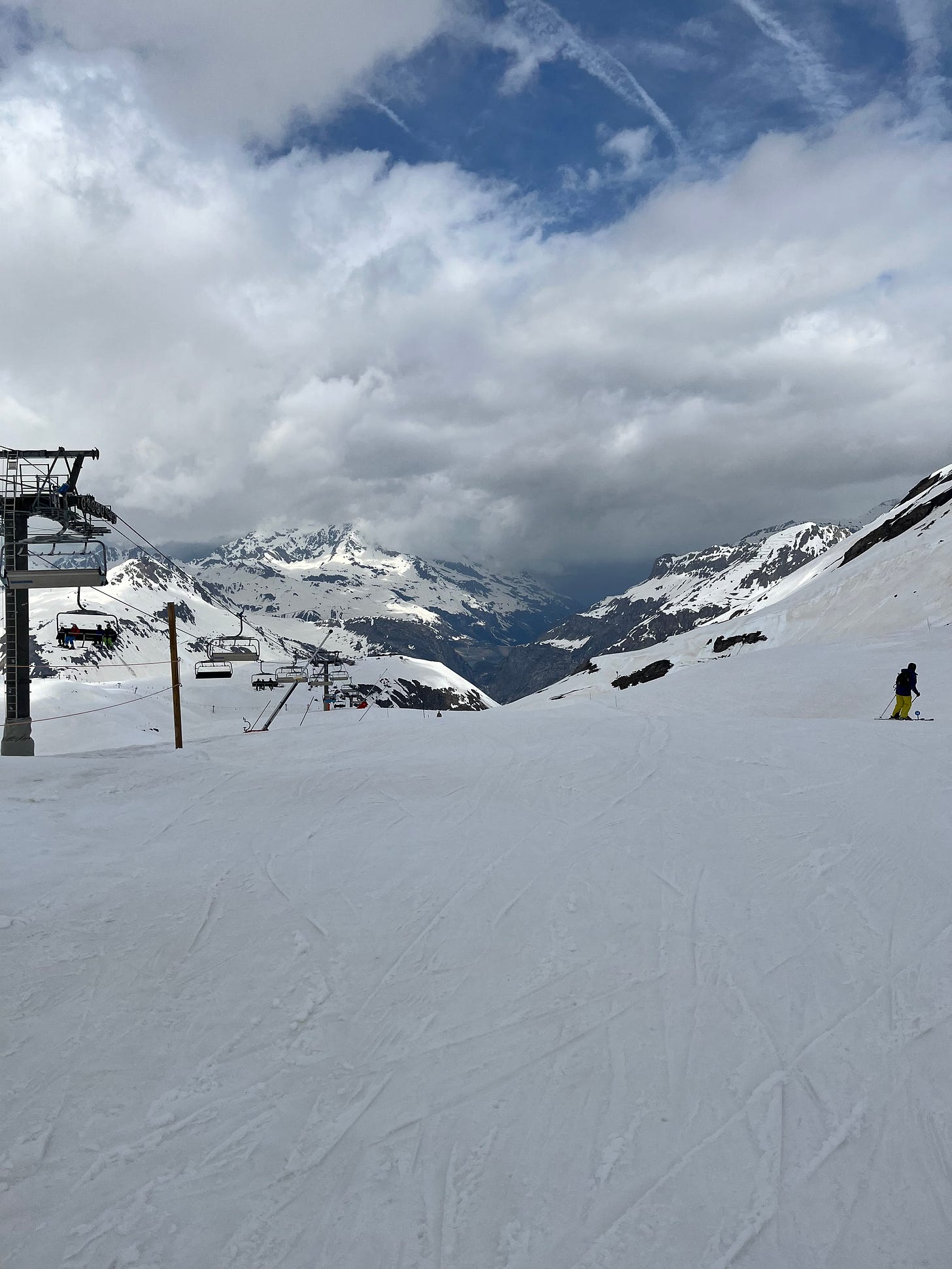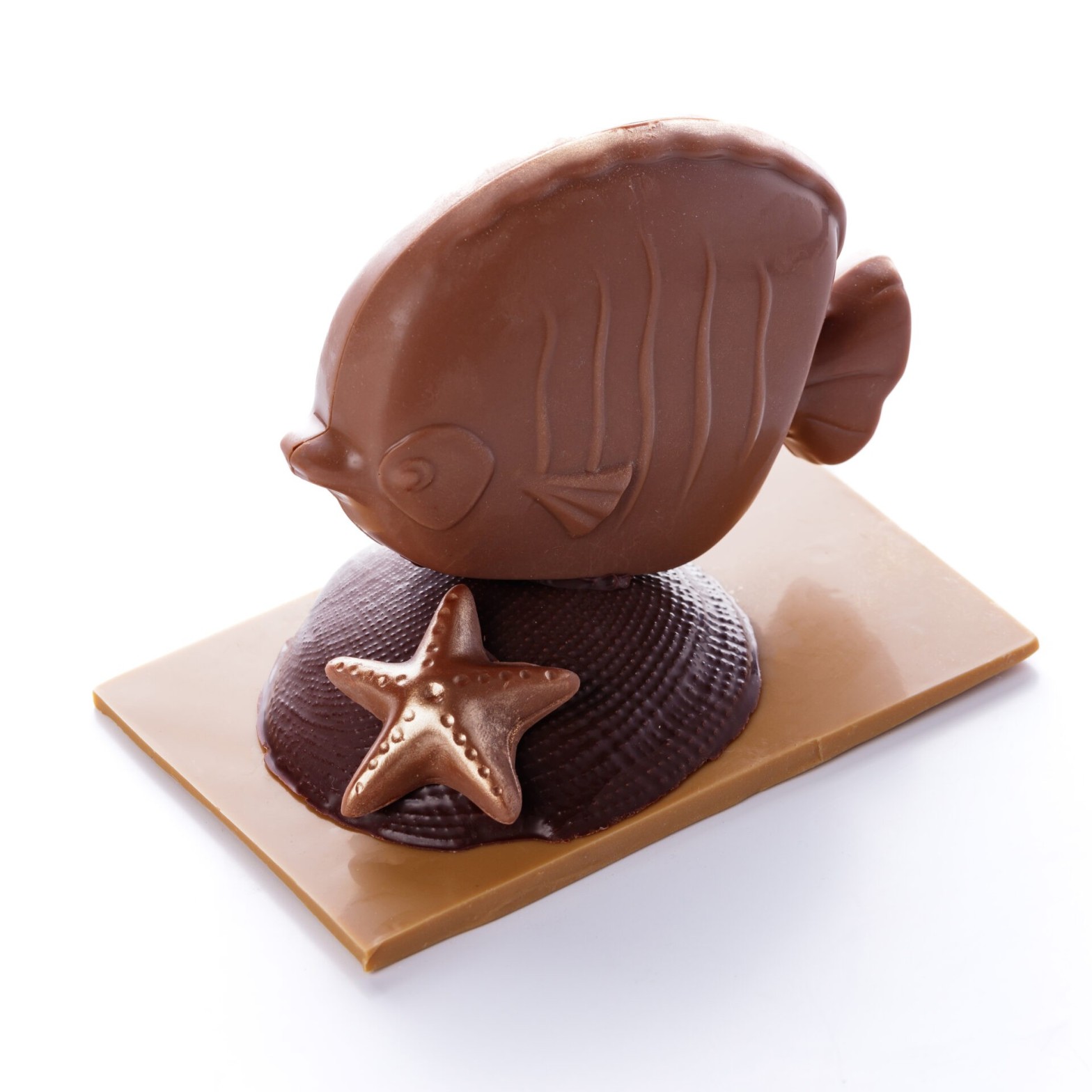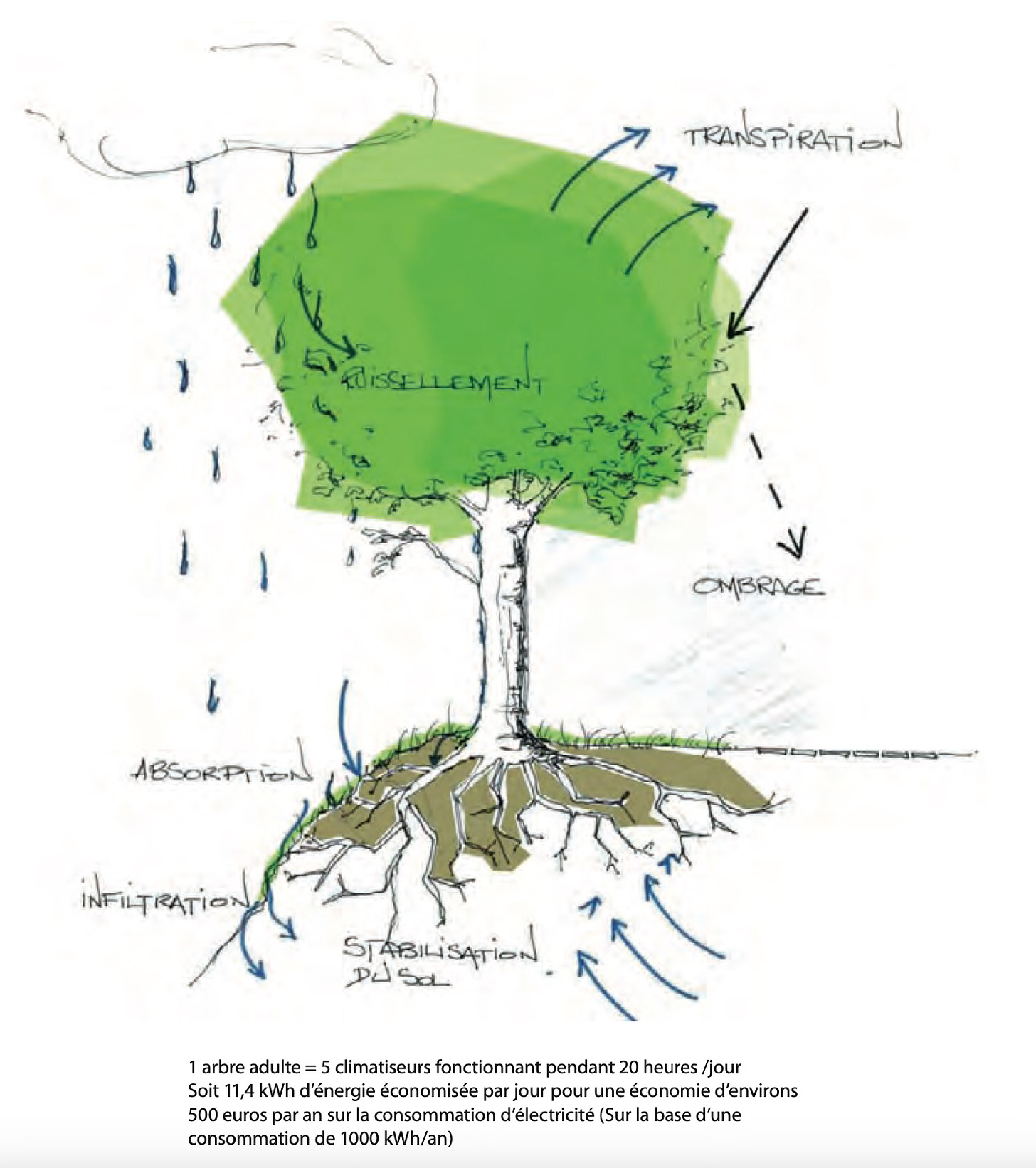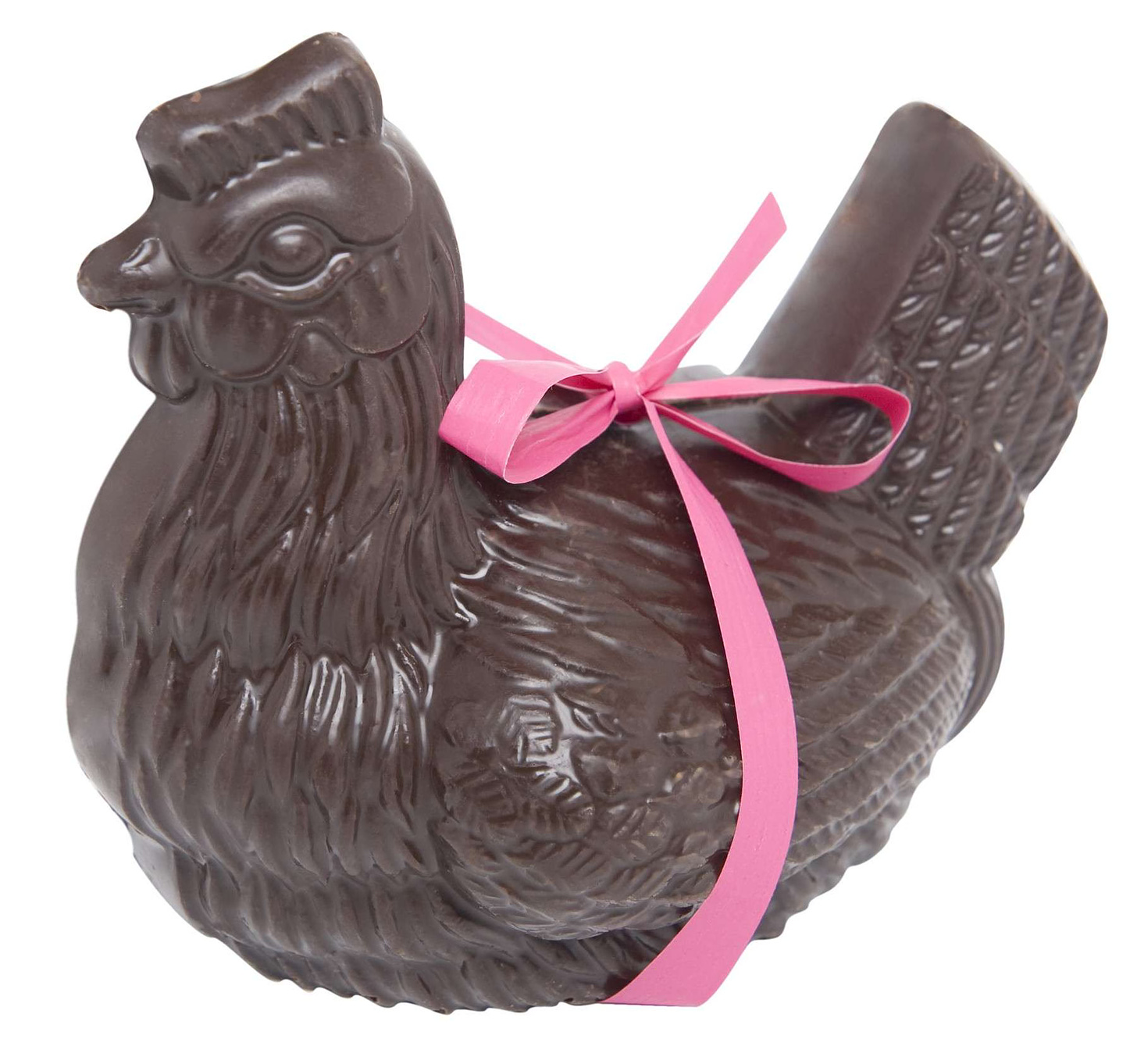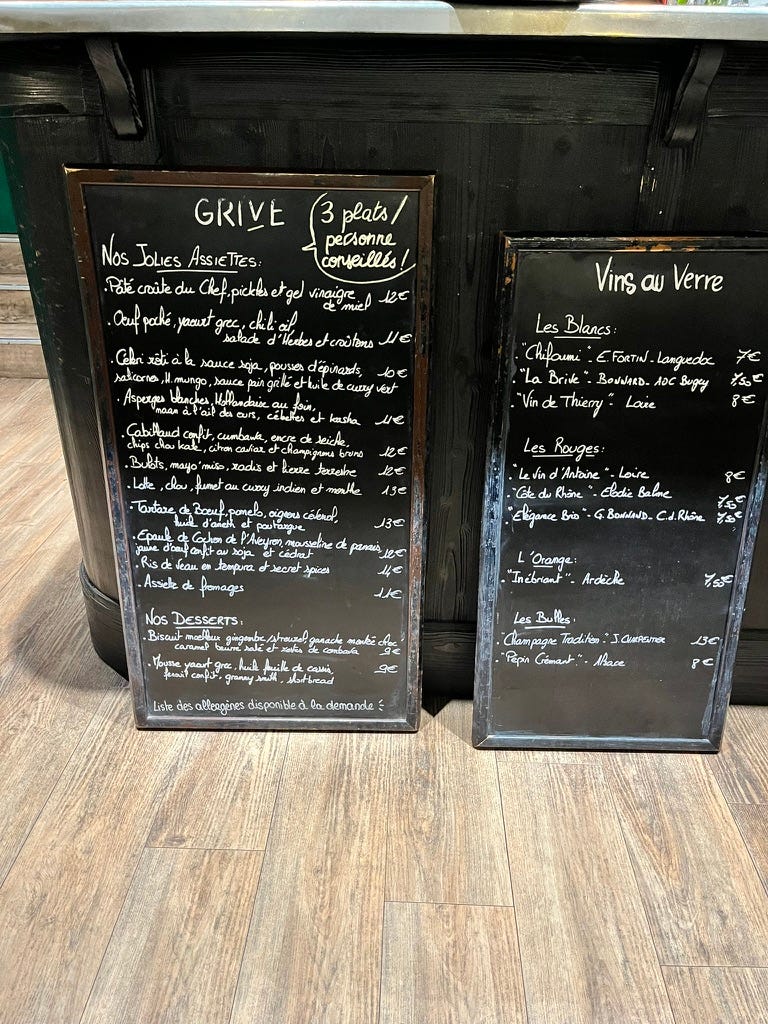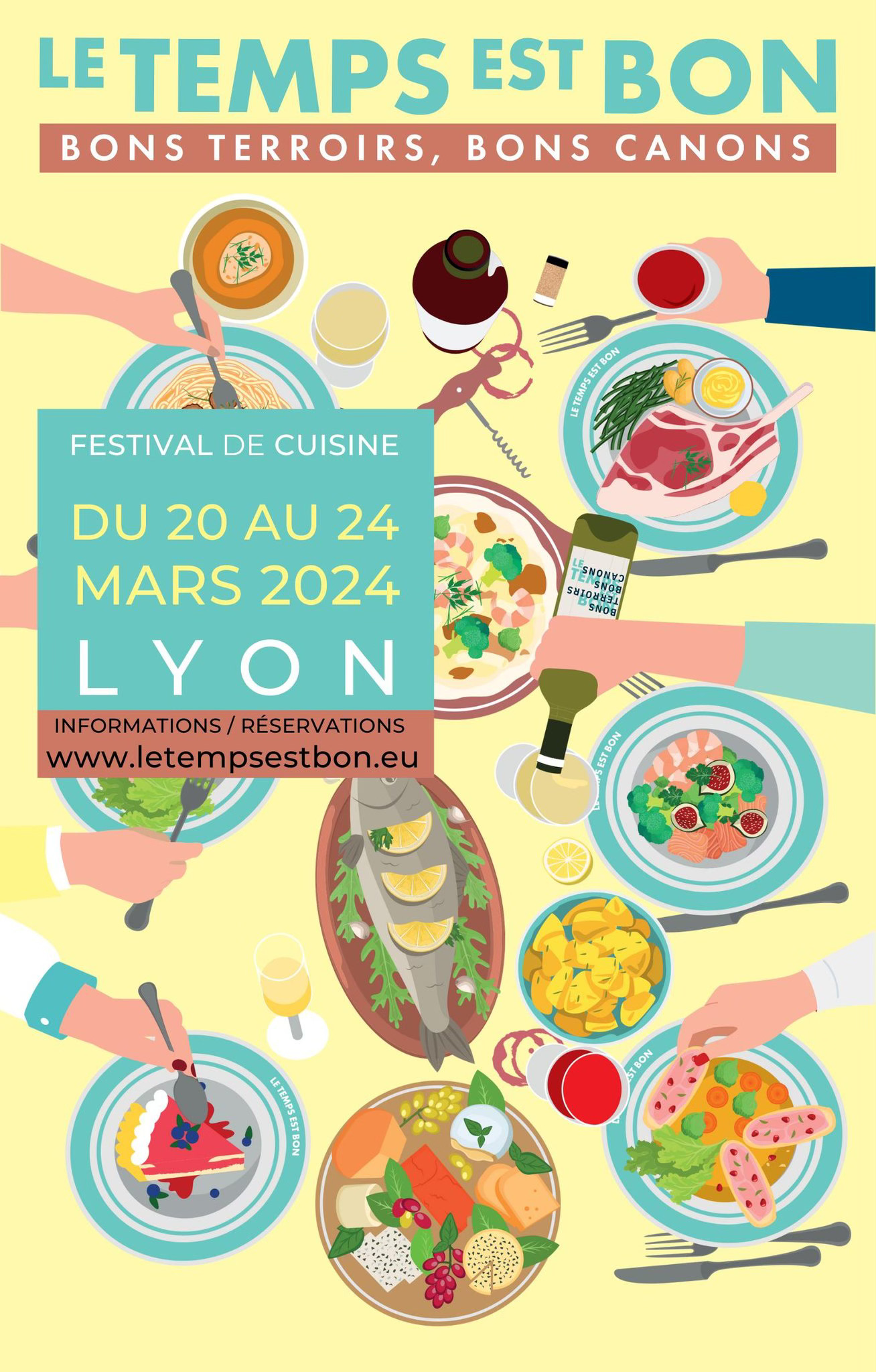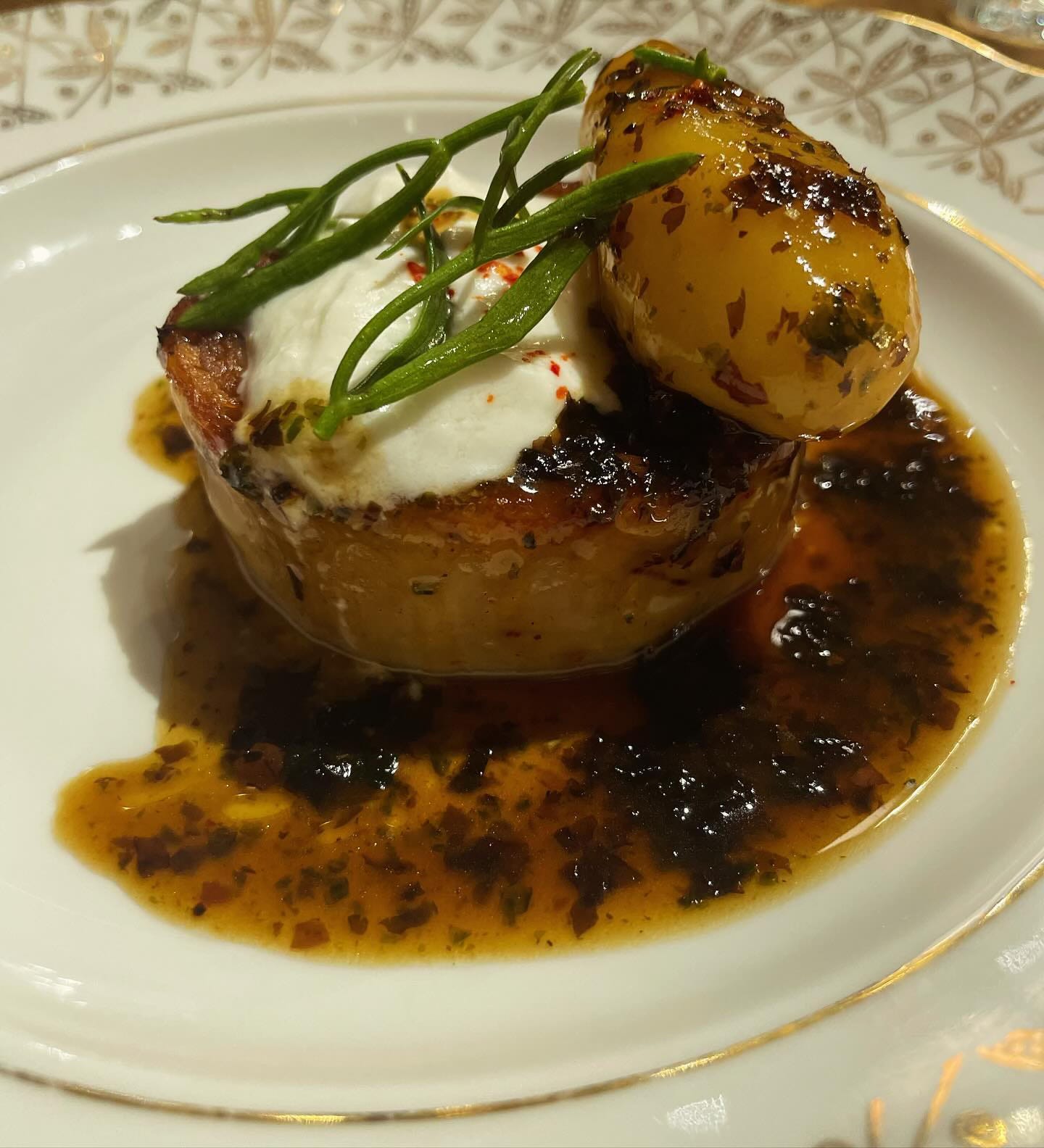Having failed miserably to get tickets for ‘Les Nuits de Fourvierres’, for the second year running, I had more success getting tickets for Anohni and the Johnsons at the Paris Philharmonic Hall. Off we went for a couple of hot and sweaty days amongst the Emily fans and families on their ‘Europe in 5 days’ itineraries. As is our custom, we managed 3 days in Paris without a single visit to a museum or gallery. We walked all over the 10th and the 11th, ventured fleetingly into the 20th on the hill up to Ménilmontant and got the metro up to the Philharmonie de Paris, which is a glorious building in a music themed park, tucked hard against the Périphérique in the 19th.
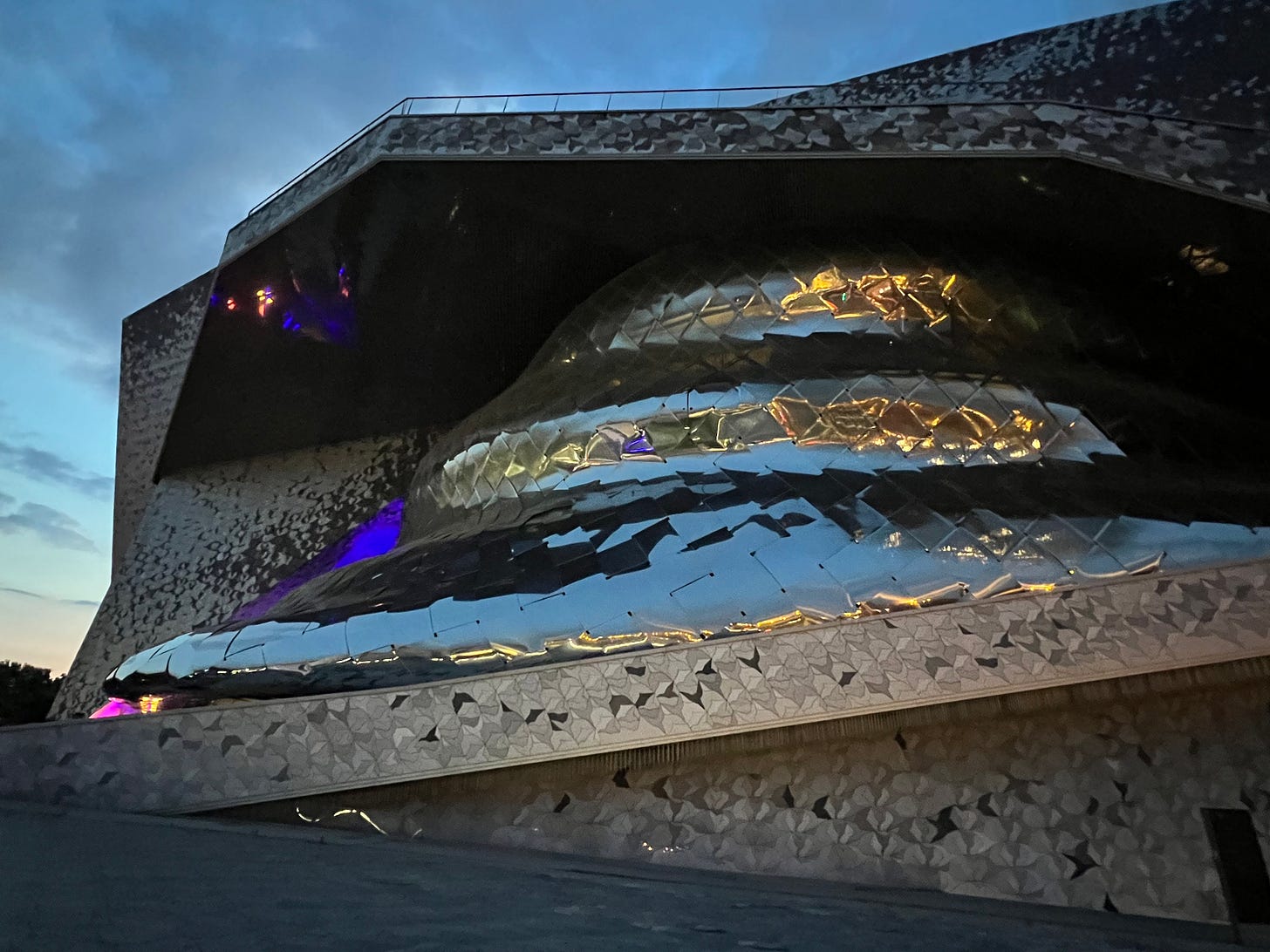
The campus includes the Cite de Musique, a collection of music spaces including large performing halls, practice space and children’s resources. The Philharmonie itself is modern and shiny and only relatively recently completed, it is covered in aluminium bird shapes straight out of one of Escher’s notebooks. We arrived for our show in the Grand Salle Pierre Boulez at 8.15 and thought it eerily quiet, maybe she had been too optimistic playing two nights at such a large space? We opened the second of the acoustic isolating entrance doors into the auditorium to be met by an usher and a full house and then the lights dimmed, and the show started before we had even begun to follow him to the seats. Having narrowly avoided falling over the low rail in the dark and into the crowd below, we found ourselves in the center of the balcony front row and settled into the performance. A French audience is a joy to behold, attentive, enthusiastic and cheery, and they watch the fucking show, not a phone to be seen. Seriously, I looked over at the packed stall seats and not a single phone, no one filming, no one taking selfies, no one checking Insta, no one doing a quick work email. When the show finally finished, a couple of hours later and the band took its bows, then the phones came out, and they took a respectful shot of the performers. So a word for the wise, if it says 8.00 PM it’s not doors 8.00, show 9.00, it will start no later than 8.15 and do not even think about getting your phone out until the show is done.
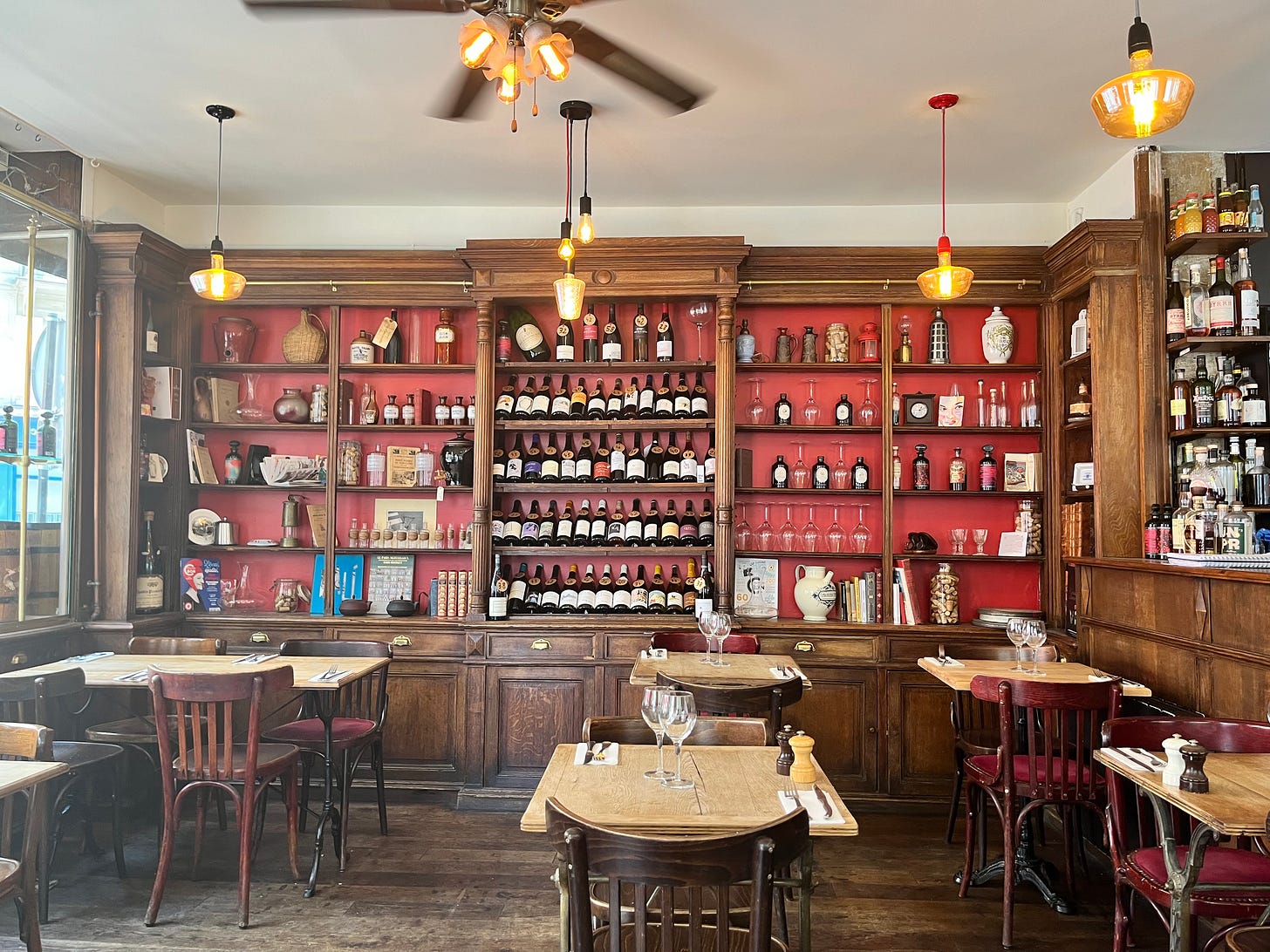
The summer is finally here, and a city is not necessarily the best place to enjoy the heat and humidity. Few cafés and bars have air-conditioning, some restaurants do and our hotel, like most now, did have pretty good AC, but it was a sticky couple of days. We had a couple of great meals, an insanely good one and one that could generously be described as ‘average’ but that’s what you get when you eat at the unthinkable hour, at least for a Parisian, of 6.30 PM. Breakfast at the hotel was good, but it was spoiled by a tech bro who thought it would be cool to share his thoughts on coding protocols to the wider world. You get used to the laptops at breakfast, but it seems that the crass self worship that seems to come with working in tech in the US is hard-wired, you can take the asshole out of Silicon Valley, but you cannot take the Silicon Valley out of the asshole, even in Paris.
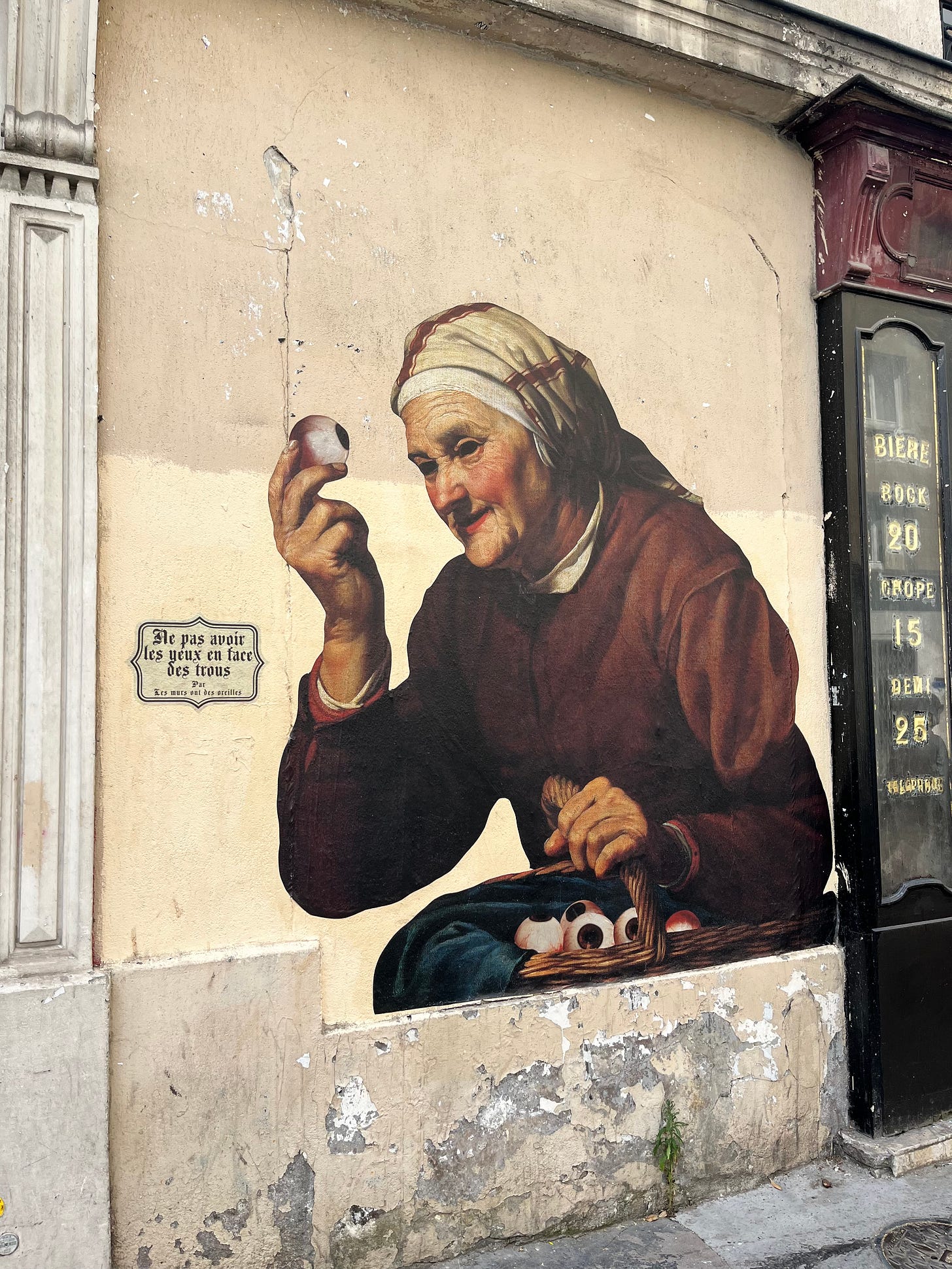
Tuesday was the feast day of Saint Eleanor or Éléonore, as she appears locally. Originally from Provence, she arrived at the ripe old age of 12 years old at Canterbury Cathedral to marry King Henry III, who was 28 at the time of her wedding, the first time she had laid eyes upon him. She was not completely unprepared for this life, coming from an overachieving family with her three sisters all marrying kings – Margaret was the Queen of France, Sanchia Queen of Germany and Beatrice Queen of Sicily. Eleanor was a loving and dutiful wife, attractive and a bit of a fashion icon, certainly compared to the barely civilized Brits. She had her clothes shipped over from France and was responsible for the introduction of a new and daring whimple, not an item of clothing with many followers nowadays but at the time was quite the thing. Unsurprisingly, as a well-educated and erudite woman who provided advice and counsel to her husband the king, his Barons got their noses out of joint. This was particularly the case when Henry went off to Gascony in 1253, and she was made Regent in his stead. She held the post of Lord Chancellor, the only woman to do so until the great Liz Truss was appointed in 2016. She had a major beef with London, she hated the Londoners, who seemed to have returned her disdain. She took her revenge by taxing her cockney citizens, and they didn’t take it well. Eleanor demanded from the city all the back payments due on the monetary tribute known as queen-gold, by which she received a tenth of all fines which came to the Crown. On a barge sailing up the Thames on the 13 July 1263 she was attacked and was pelted with stones, loose pieces of paving, dried mud, rotten eggs and vegetables, Eleanor was rescued by the then Mayor of London and had to hide out at the nearby bishop of London’s home.
She had 5 children who survived and another 4 who we are not sure about as they are not recorded officially. The first son became Edward I of England. Margaret who became Queen of Scotland, Beatrice who married John II, Duke of Brittany. The younger son Edmund Crouchback, (that’s a catchy name, not sure if it was used to his face though), who became an important ally of Edward later as Duke of Lancaster, ended up establishing the House of Lancaster that was one side of the War of the Roses a hundred and fifty years later. The youngest daughter Katherine died at the age of 3 and both parents were shattered. She survived her husband and both her daughters and spent her later years as a typical royal grandma of the age, finally living at the Amesbury Priory, where she died and was buried. Her heart was taken to London where it was buried at the Franciscan priory of Greyfriars. Henry VIII dissolved the Greyfriars and the remaining buildings were destroyed in the Great Fire of London. Quite depressingly, the building on its site is now the Merrill Lynch’s London office. The physical site of Eleanor’s grave is unknown, making her the only English queen without a marked grave. She has been beatified but not technically canonized, but her feast day is June 26th, the day she died in 1291.
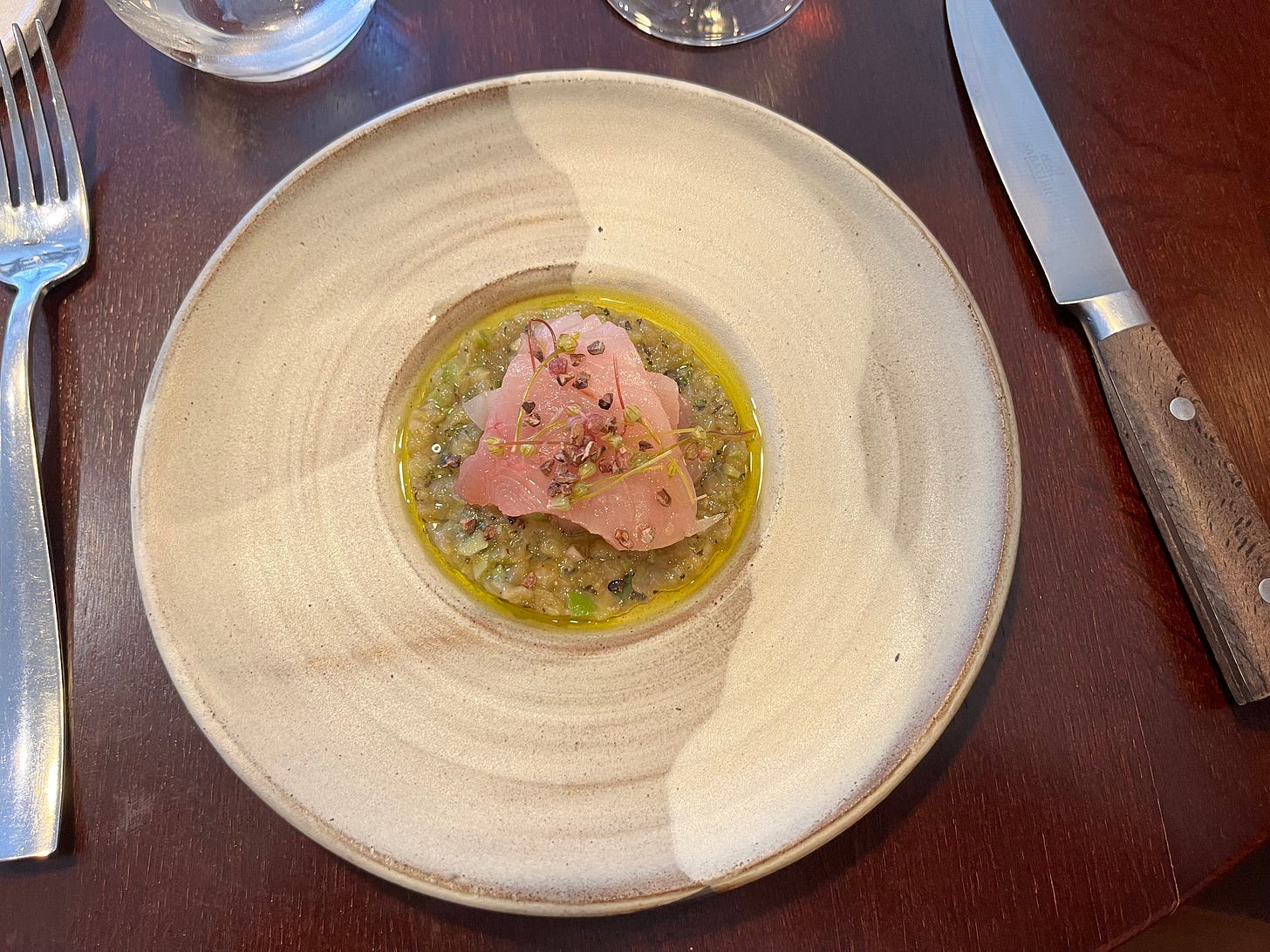
On our last day before catching the train home from Gare De Lyon, we went to a small, modest restaurant called Magma near the hotel. It is the home of Ryuya Ono (no relation to the sack-dwelling keening contributor to “Sometime In New York City”). He and his Japanese team create precise Japanese influenced versions of French classic cuisine. We had a fun amuse bouche of leek soup with a Japanese custard, followed by a white tuna sashimi with a salad of aubergine and cucumber. It had fresh coriander seeds as a seasoning and the whole dish was exquisite. The main course was the collar of Guernard, which I have never eaten before and will now happily seek out at the fish market. The fish was grilled so it had a smoky flavor, but the flesh was sweet and easily fell off the decorative bones. I swilled this down with a couple of glasses of a sublime Chenin Blanc, a ‘Chenin De Ligne – 2023’ from Pinot Bar, the negotiants and garage winery of Chris Laurent and Fanny Caignard, sold as a Vin De France as it’s made in Brittany from Anjou grapes. Desert was equally divine with chocolate, ice-cream and a galette crumb. The skill on display here is already acknowledged by Michelin and worth every penny of the €39 set lunch.
